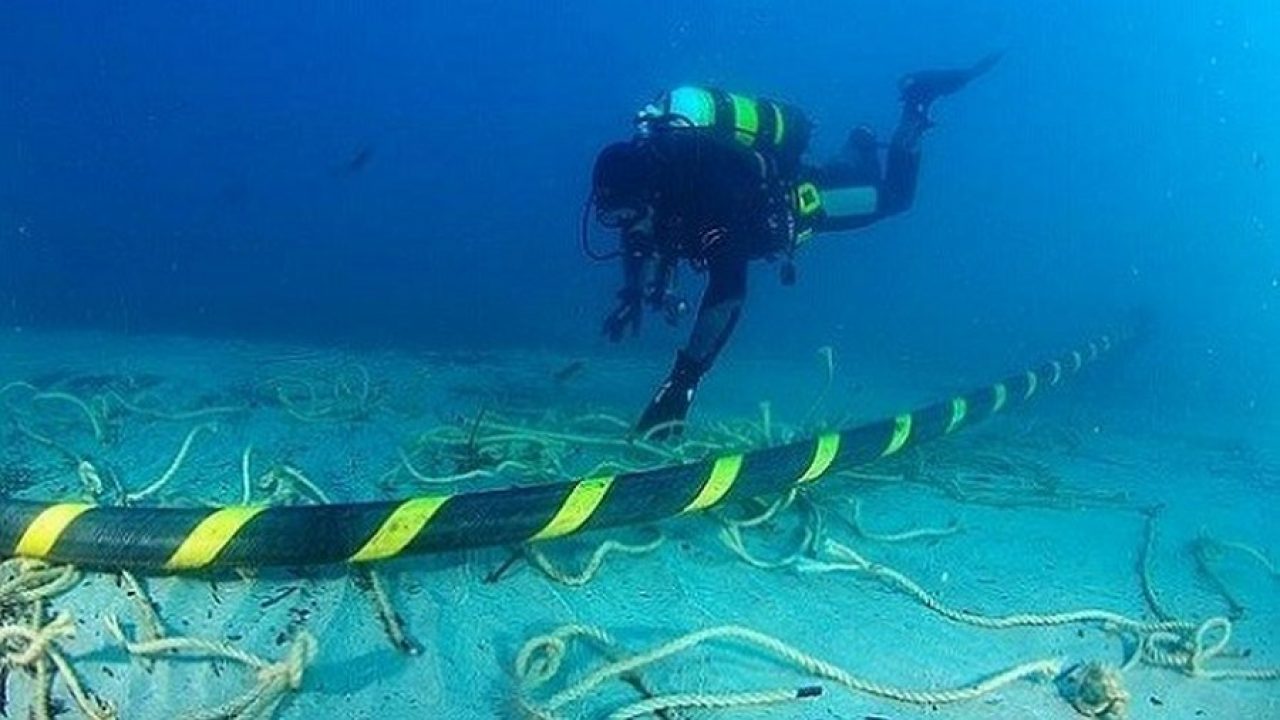
The Submarine Cables market involves laying and maintaining underwater fibre optic cables that connect countries, continents and regions worldwide. Submarine cables play a critical role in enabling global digital connectivity by facilitating the transmission of 99% of international data traffic and voice calls. The cables carry digital data over long distances through optical repeaters installed every 50–100 km along the cable line.
The Global Submarine Cables Market is estimated to be valued at US$ 3170.09 Mn in 2024 and is expected to exhibit a CAGR of 5.1% over the forecast period 2024 to 2031.
The need for high-speed data connectivity has been increasing exponentially fueled by rising internet usage, growing number of internet users, increased adoption of smart devices and strengthening online infrastructure globally. Submarine cables offer the bandwidth capacity and speeds required to support data-intensive technologies and applications such as cloud computing, online streaming, video calls, social media etc. They enable countries to strengthen digital economies and infrastructure. With data consumption rising continuously, existing cable infrastructure needs to be upgraded regularly while new cables are planned to connect more regions globally.
Key Takeaways
Key players operating in the Submarine Cables are ANDRITZ (Austria), Thyssenkrupp (Germany), GEA Group Aktiengesellschaft (India), Metso (Finland), FLSmidth (Denmark), Buhler Holding AG (Switzerland), Anivi (Spain), Carrier Vibrating Equipment, Inc. (U.S.), Mitchell Dryers Ltd (U.K.), Yamato Sanko Co., Ltd. (Japan), Kerone Engineering Solutions (India), Ventilex.(Netherlands), FEECO International, Inc (U.S.), GEM MACHINERY & ALLIED INDUSTRIES (India), Glatt GmbH, Binzen (Germany), Cadworks India Pvt. Ltd.(India) ,FEECO International, Inc. (U.S.).
The growing demand for high-speed internet across all sectors including telecom, IT, enterprise, government, and consumer is presenting lucrative growth opportunities. Installation of new cables for inter-regional connectivity within countries and marine spatial planning in major economies to ensure cable safety are fueling market expansion.
Globally, countries are investing heavily in subsea connectivity infrastructures to drive digital transformation agendas. Planned and ongoing projects indicate tremendous scope for market growth over the next decade. The Asia Pacific region in particular is witnessing fast-paced investments to meet the escalating bandwidth needs of large internet economies like China and India.
Market Drivers
The primary driver driving the growth of the submarine cables market is the exponential rise in global data traffic volumes fueled by increased internet penetration, adoption of smart devices, cloud computing, online streaming etc. As digital services become more data-intensive, the demand for high-speed international connectivity is surging. Submarine cables remain the most efficient and cost-effective way to carry digital data traffic across borders over long distances. Investments in new cables and upgrades of existing infrastructure will therefore continue in tandem with traffic growth trends, driving consistent market expansion over the forecast period.
The current geopolitical situation is significantly impacting the growth of the Submarine Cables Market Share. The tensions between major economies like the US, China, and their allies have increased uncertainty and risks associated with cable deployment and maintenance in contested waters. This is hindering investments in new projects as well as upgrades of existing infrastructure.
However, the increasing digitalization and rise of cloud networks have made submarine cables more critical for connectivity. While geopolitics remains a challenge, the market needs to focus on collaborations between countries to jointly develop cables and share risks. Consortia involving multiple stakeholders can pursue political consensus and address security concerns of all sides. Standardization of technical specifications will also help cables serve both commercial and strategic requirements.
The Asia Pacific region accounts for the largest value share in the submarine cables market currently due to the huge data demand from China, Japan, India, and other developing nations. Major tech hubs and submarine cable landing stations exist across Southeast Asia, further consolidating its position. However, Africa is projected to witness the fastest growth during the forecast period. Initiatives to bridge the digital divide and support growing intra-African trade are driving extensive investments to develop cable infrastructure along its coasts. This offers substantial opportunities for the market to participate in the continent’s development.
The concentration of the submarine cables market in terms of value is currently the highest in the Asia Pacific region. The presence of major tech hubs and markets like China, Japan, South Korea and digital economies of Southeast Asia contributing significantly to data traffic has created a high demand for international and regional submarine cable systems. This has attracted massive investments from tech giants and telecom carriers to continually enhance connectivity infrastructure in the region. However, Africa is poised to witness the fastest growth in the submarine cables market during the forecast period till 2031. Initiatives by African governments to bridge the digital divide and intra-regional trade are driving the development of an extensive submarine cable network along African coasts. This offers substantial growth opportunities for the market to participate in the continent's development.
Get more insights on Submarine Cables Market



























